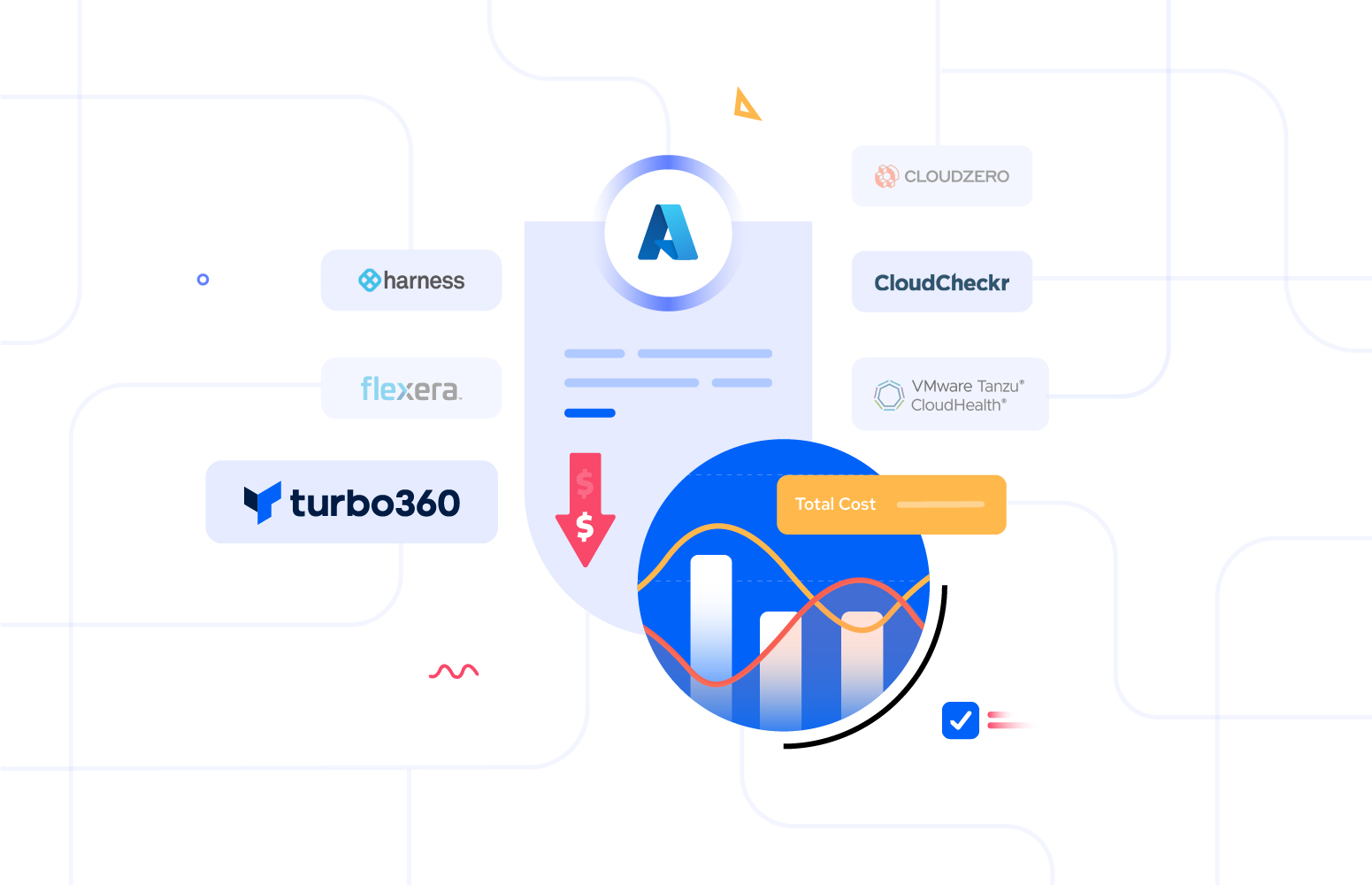Azure Cost Management (ACM) is a combination of cost management and billing features. Microsoft pitches ACM as a FinOps tool suite aimed at helping you to manage cloud spend of Azure resources.
When Microsoft describes ACM as a FinOps suite, it is brought together of a number of disparate tools that have existed in the Azure eco system for a number of years but now they been grouped under a same banner.
Why you need an alternative 3rd party when you have Azure Cost management?
Azure cost management has been available since 2019 and even older if you consider its predecessors. The core objective of the tooling was to allocate, optimize and save cost. For many customers however, they find that their teams do not have a clear understanding of their contribution to the overall Azure bill and can not investigate their costs or validate if they are efficiently using the cloud.
Try to get answers for the following questions
- How much did a given application cost last month?
- If you had a cost anomaly, how long would it take you to notice?
- How often do you review cost, and how easy is it to find wastage?
- What cost optimizations have we implemented, and which ones have we decided not to implement and why?
- How much cost did we save as part of the cost optimization effort?
When you don’t feel satisfied with the above questions then ACM is not working effectively for you. There could be missing opportunities which are costing you money on a monthly basis.
Why there is a gap with Azure cost management?
One of the major gaps with Azure cost management is that the data or insights that it gives are not user friendly unless you are an Azure Expert and even then, they are so tied to the deployment view of your Azure resources that it makes it challenging to get the views and insights you need at desired time.
In the blog, we will list the number of third-party tools that can be chosen an alternative to Azure cost management based on your specific business use cases. We will list the number of alternatives in this article by giving you the desired details and let you choose and compare the ones you think would be the right fit for you.
1. Turbo360
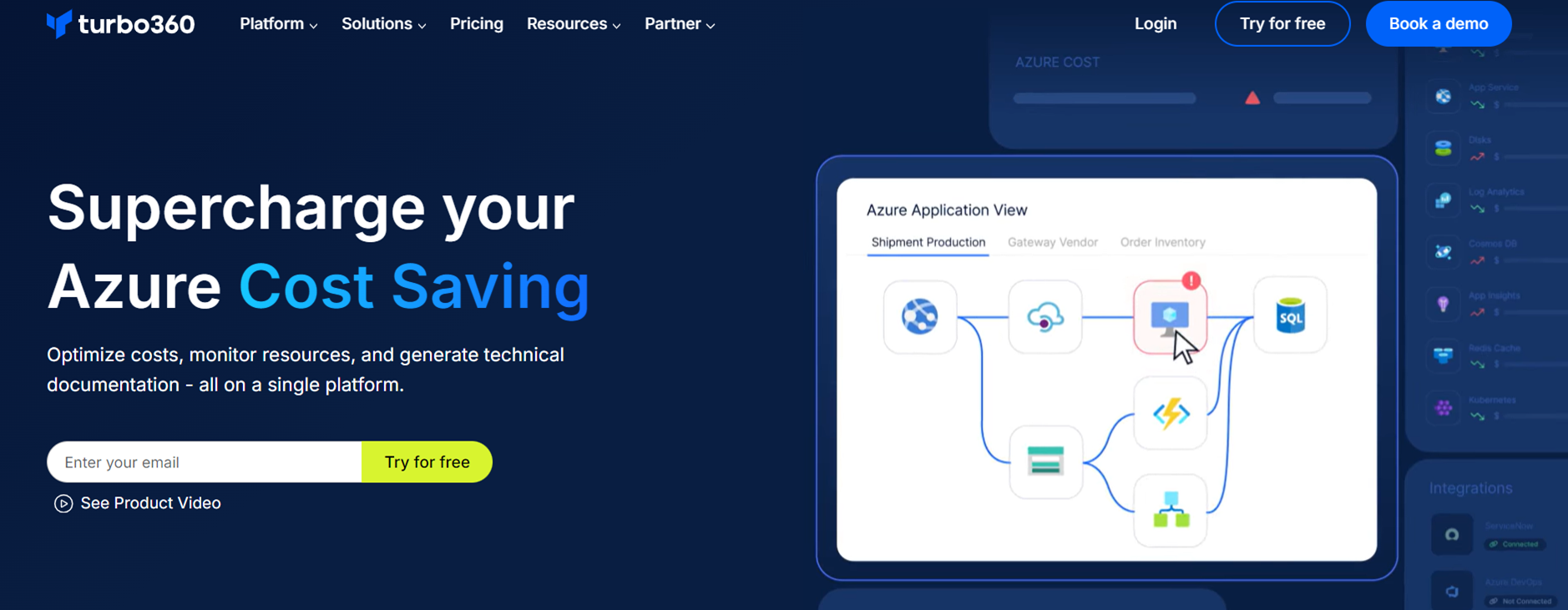
Turbo360’s Azure Cost Analyzer offers a streamlined solution for managing Azure cloud costs. It brings together tools to help you monitor, optimize, and clearly see your Azure spending in one place.
Key Features
- Cost Visibility: Turbo360’s Cost Analyzer overviews your Azure expenses, breaking down costs into appropriate scopes for your team to manage. Democratizing cost date is the best way to change to a cost aware culture.
- Cost Analysis: Dive deep into your Azure costs, analyzing them by various dimensions such as tags, and periods. This detailed view helps you identify what’s driving costs and uncover areas for savings.
- Budgeting and Alerts: Stay on top of your spending by setting budgets in the tool. You’ll get alerts when approaching or exceeding those limits so you can manage your budget proactively.
- Forecasting: Use historical data to predict future Azure expenses. This feature is excellent for long-term financial planning and setting future budgets.
- Optimization Schedules: Save costs by automating resource scaling based on business hours. For example, reduce resources during off-peak times and save as much as 70%.
- Rightsizing: Identify overprovisioned resources and scale them down to an appropriate size to minimize waste and overspending.
- Idle Resources: Identify unused resources that are in your environment, yet you are still paying for them.
- Recommendations: Turbo360 also suggests cost-saving measures tailored to your Azure usage, such as reservations on Virtual Machines and App Service plans, which can save you up to 72% compared to pay-as-you-go options.
2. CloudZero
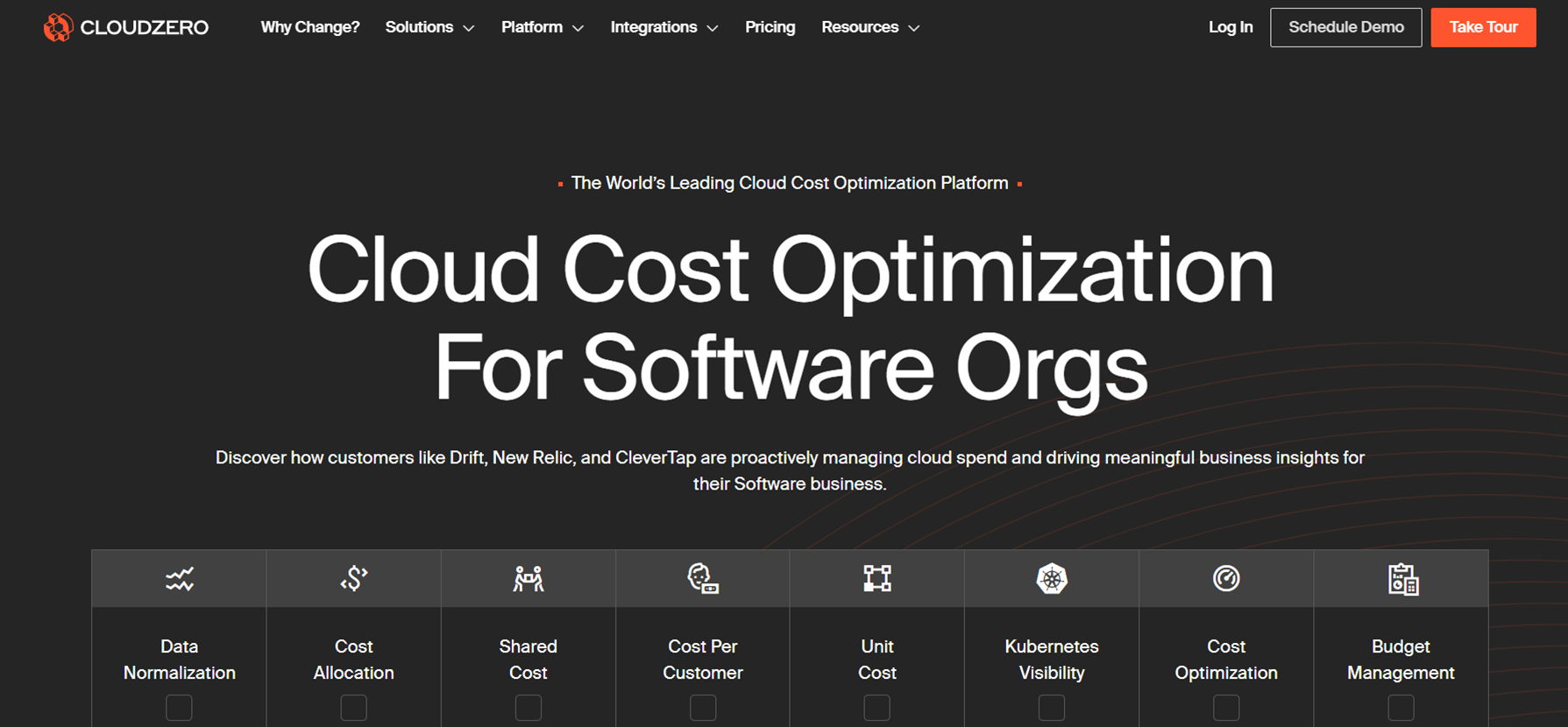
Conventional cloud cost management tools typically provide a broad overview of your cloud expenses. CloudZero takes a diverse approach with taken-a-toll insights, particularly outlined for software-driven organizations. They help engineers by linking technical choices directly to business performance.
For those aiming to gain insight into their Cost of Goods Sold (COGS), they offer a comprehensive view of expenses across your business, covering platforms like AWS and Snowflake.
3. CloudHealth
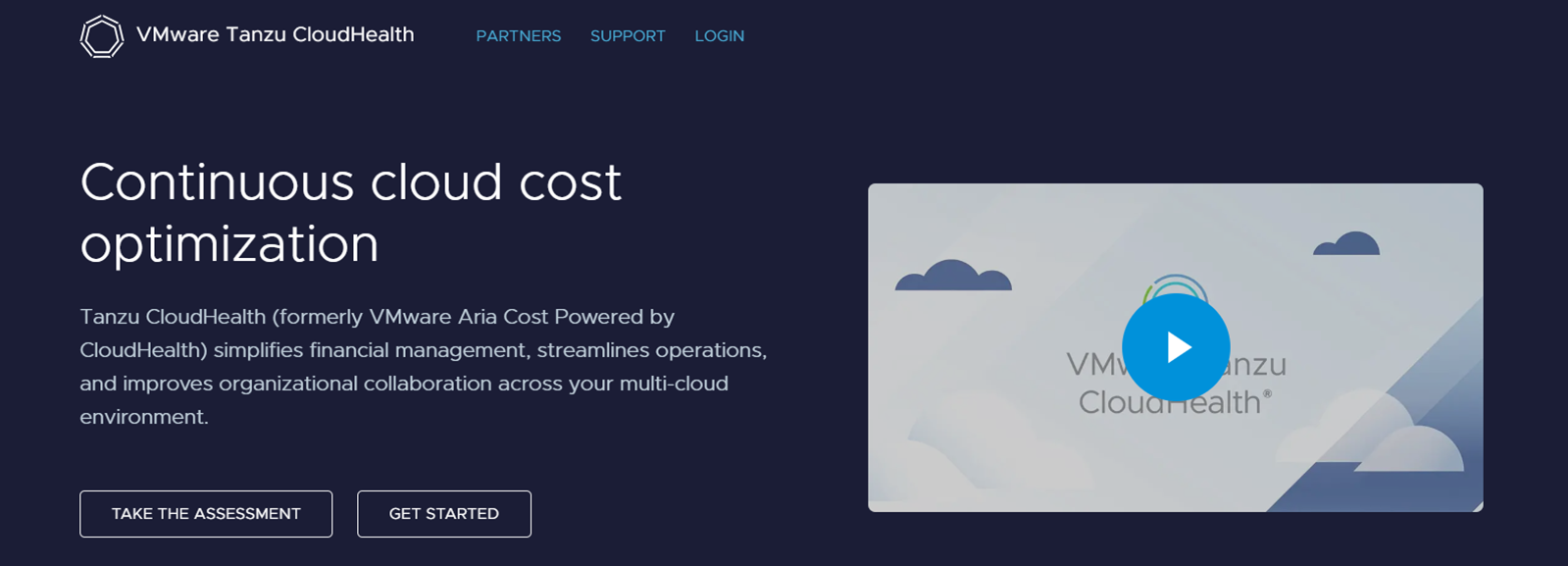
CloudHealth is a solid choice for businesses with significant cloud expenses. It offers a more conventional approach to cloud cost management and works well for companies looking to improve cost visibility, especially in hybrid or multi-cloud setups.
Since VMware owns it, CloudHealth also focuses on enhancing cloud security, compliance, operations, and reporting. It provides essential cloud financial management features like rightsizing and purchasing AWS reservations, making it a well-rounded option for managing cloud costs.
4. Harness

With Cloud Fetched Administration (CCM) from Tackle, IT and fund groups can work towards making strides in their cloud-fetched visibility. Depending on asset assignment and changes in commerce methodology, FinOps groups can utilize CCM to prioritize program advancement ventures.
Users, like Harness’s capacity to provide more visualizations with other cloud suppliers, such as Microsoft’s Purplish Blue Cloud and Google Cloud. Teams can also make and implement taken-a-toll arrangements to remain in control of cloud spending.
5. Flexera Optima
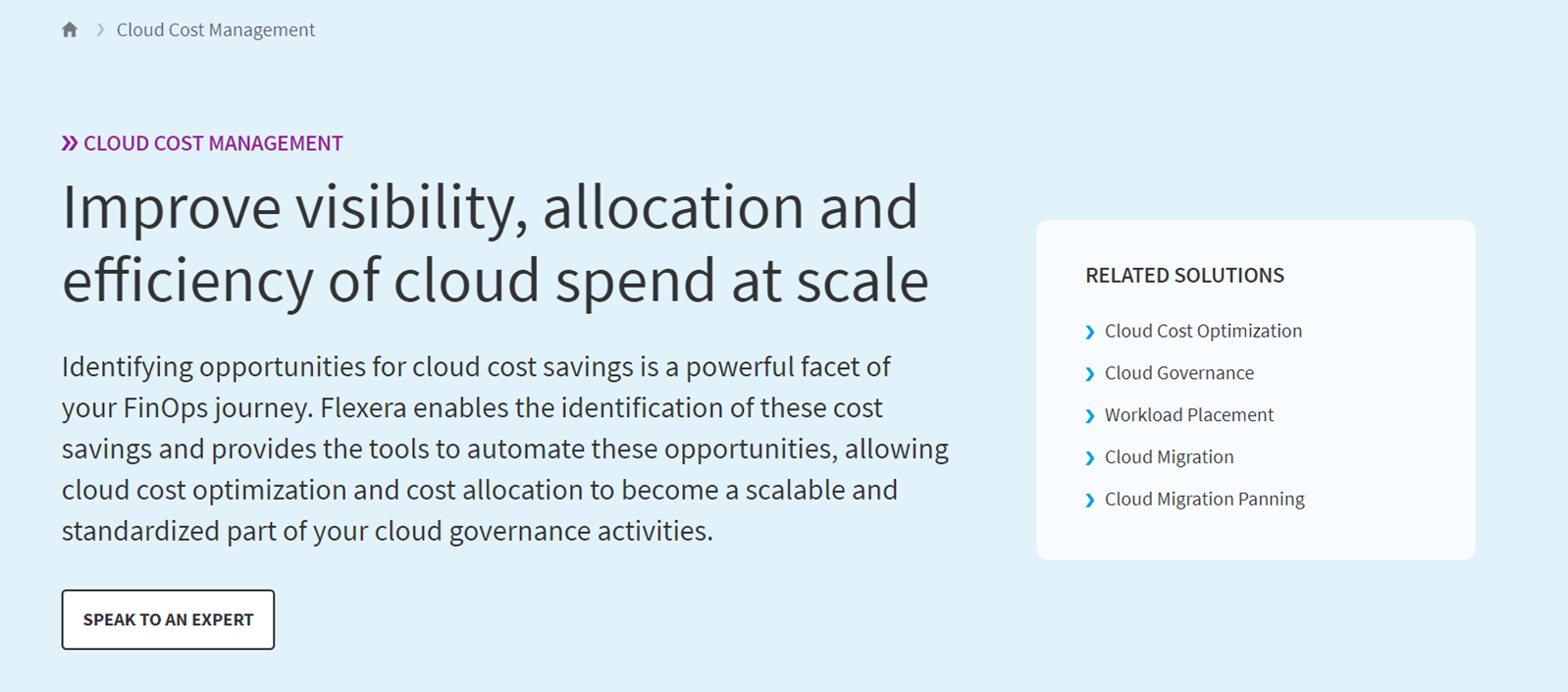
Flexera focuses on enhancing the effectiveness of multi-cloud governance teams. It offers automated budget controls and actions to help cut waste and avoid unexpected expenses.
Teams can analyze and report cloud infrastructure costs by account, provider, and region. It combines billing data with optimization recommendations and uses tags to track and report specific details.
6. Cloudcheker
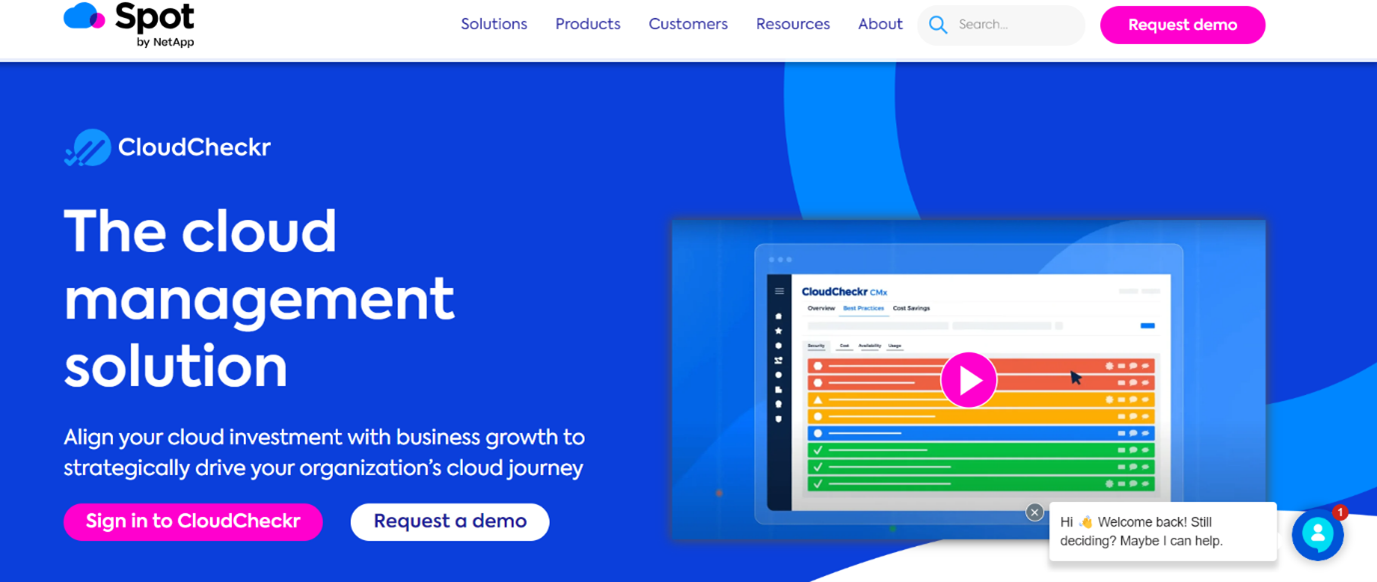
CloudCheckr is an excellent option if you’re looking for a cloud cost management tool that handles cloud security and compliance. It’s especially useful for optimizing resource use across single—and multi-cloud environments.
The platform aids cost governance teams by analyzing Reserved Instances (RIs) and Savings Plans, helping to maximize volume discounts, reduce waste, and prevent cost overruns through rightsizing and timely alerts.
Conclusion
To sum up, managing your expenses and optimizing Azure services is key for businesses. The seven Azure cost management tools we’ve discussed in this blog have been carefully selected from a wide range of available options. They assist you in monitoring your spending, optimizing your resources, and maintaining control over your Azure environment.
Turbo360 emerges as a strong partner for Azure, designed specifically for diving deeper on Microsoft Cloud. It not only helps you manage costs but also steers you towards a more streamlined and cost-effective Azure strategy.
In the end, the choice is yours. Review the list and pick a tool that best meets your needs for cost efficiency on Azure.

